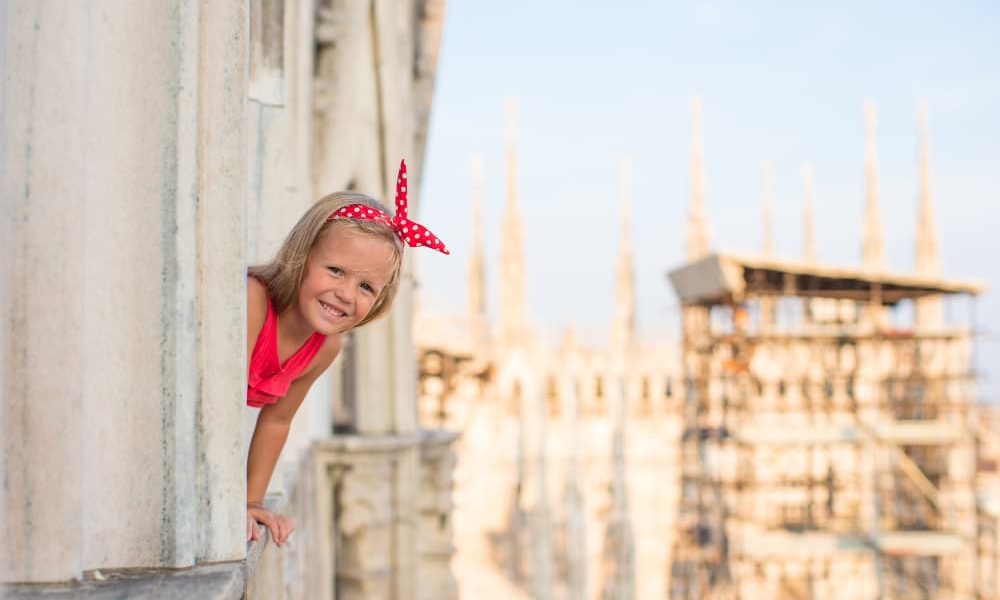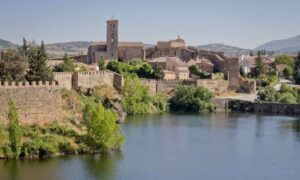
The school is a fundamental institution in the education and training of children and young people around the world. Throughout history, different cultures and civilizations have established educational systems to teach new generations.
But, who invented school? In this article, we will explore the origin, the history, the function in society, the types of schools and the differences between countries.
Who invented the school?
The concept of a school as an institution dedicated to the teaching and training of young people has its roots in Antiquity. Next, we will review some of the most important milestones in the history of the schools.
Schools in Antiquity
In Ancient Mesopotamia and Egypt, there were already schools in which young people from wealthy families were taught to read, write and perform mathematical calculations. In Ancient Greece, philosophers such as Plato and Aristotle They founded schools such as the Academy and the Lyceum, respectively, where various disciplines of knowledge were debated and taught.
Education in Ancient Rome
In Ancient Rome, education was primarily the responsibility of the family. However, there were also schools where children learned to read and write, as well as grammar and rhetoric. These schools were usually small and led by one teacher who taught a small group of students.
Medieval schools
With the fall of the Roman Empire and the beginning of the Middle Ages, formal education passed into the hands of the Church. Monasteries and cathedrals established schools to train future members of the clergy and young nobles. In the 11th century, the first universities in Europe, such as the University of Bologna or the University of Paris, which could also be considered as predecessors of current schools.
Role of schools in society
The main function of schools is to provide a formal education to children and young people, which allows them to acquire the knowledge, skills and values necessary to function in society and develop both personally and professionally. In addition, schools also play an important role in socialization of students, as they offer them the opportunity to interact with colleagues and teaching professionals, learn to work as a team and develop communication and emotional skills.
Types of schools and differences between countries
Throughout history and in different cultures, various types of schools have emerged. Some of them are:
Public and private schools
Schools can be public financed and administered by the State, or private, managed by individuals or religious institutions. While public schools are usually free or have reduced fees, private schools may have higher fees.
Secular and religious schools
Some schools are linked to a religious confession, and their education includes the teaching of the principles and values of said religion. On the other hand, secular schools have no religious affiliation and their educational approach is based on universal principles and common ethical values.
Schools with alternative educational approaches
There are schools that follow alternative educational approaches, such as the Montessori method, Waldorf pedagogy or democratic education. These schools offer a pedagogical proposal different from traditional education and seek to adapt to the individual needs of each student.
Who invented the school: schools in Spain
Below, we present some curiosities and interesting facts about schools in Spain:
Number of schools in Spain
According to data from the Ministry of Education and Vocational Training, in Spain there are around 28,000 schoolsboth public and private.
The oldest school in Spain
The oldest school in Spain is Alfonso XII Royal College, located in San Lorenzo de El Escorial, in the Community of Madrid. It was founded in 1885 by King Alfonso XII as a school for military orphans.
Types of schools in Spain
In Spain, you can find public, private and charter schools. Charter schools are private schools that receive public funding, and usually have lower fees than private schools.
Cost of education in Spain
The cost of education in Spain varies depending on the type of school. Education in public schools is free, although there may be additional costs such as school supplies or extracurricular activities. At charter schools, fees are usually lower than at private schools, but they can also vary depending on the location and services offered. Private schools can have significantly higher fees, and in some cases, they can exceed the 10,000 euros per year.
Conclusion
The school is an essential institution in the training and education of children and young people around the world. Throughout history, different cultures and civilizations have established educational systems adapted to their needs and contexts.
From the schools of Antiquity to today’s schools, Education has been evolving and adapting to social and cultural changes. In Spain, there are numerous schools of different types, including public, private and subsidized, that offer options to adapt to preferences and needs. of each family.







